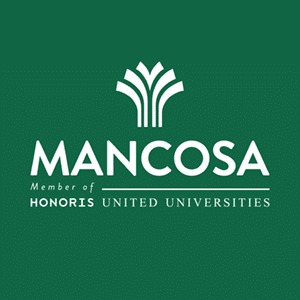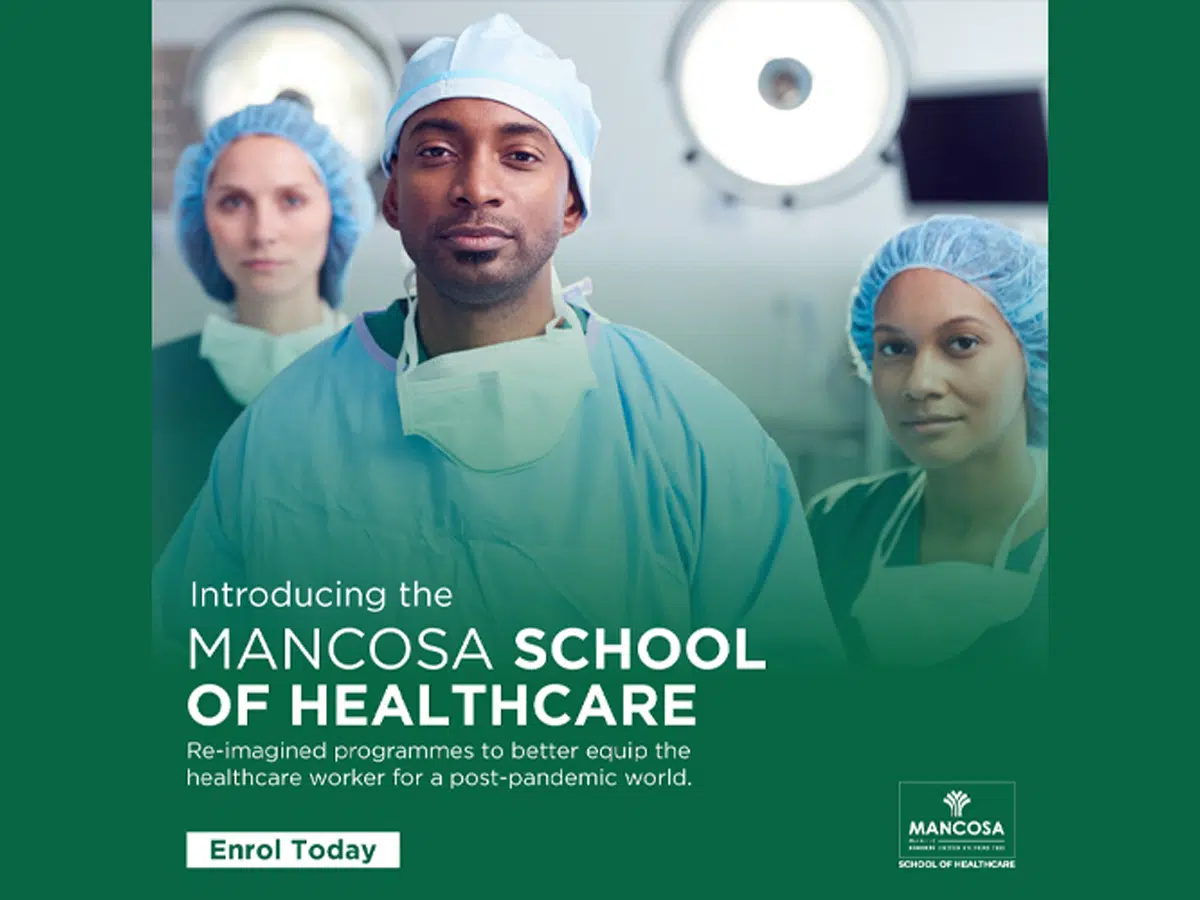Equal Education? – A Conundrum in South African Education
This opinion piece focuses on the rural – urban dichotomy that exists with specific reference to education. In this piece I discuss the following: 1. New education legislature transitions in post- apartheid South Africa, 2. Unequal education depicting the rural-urban dichotomy, and 3. Urban school accessibility.

Summary
by Nageshwari Pam Moodley, Academic at MANCOSA School of Education
“South Africa today is the most unequal country in in the world. The richest 10% of South Africans lay claim to 65% of national income and 90% of national wealth. Two decades after apartheid, the life chances of the average South African child is determined not by their ability or result, but instead by the colour of their skin, the province of their birth and the wealth of their parents” – ( Spaull, 2019).
This opinion piece focuses on the rural – urban dichotomy that exists with specific reference to education. In this piece I discuss the following:
1. New Education Legislature transitions in post- apartheid South Africa
The advent of democracy in South Africa, after the first democratic elections in 1994 has brought with it many changes in the Department of Education (DOE). Strategic shifts occurred with the development of new legislatures such as The Constitution (1996), South African School’s Act 84 of 1996 and National Education Policy Act 27 of 1996 among others. These were developed to eradicate apartheid education in South Africa and offered opportunities to reconstruct and establish a unified national education system that’s underpinned by democracy, equity, and transparency. There was a transition of the curriculum to Outcomes Based Education (OBE); National Curriculum Statements; Revised National Curriculum Statements and currently the Curriculum and Assessment Policy Statements. These regulatory policy frameworks and transitional curricula facilitated the change and transformation of education in South Africa from a systemic perspective, however, challenges of the rural–urban dichotomy, lack of institutional change; poverty and lack of access to ICT facilities and fee-paying schools remain. The focus and interest during these transitions were an exploration of what it meant to offer basic equal education to South African learners within a context that has a historical abundance of colonialism that overrides the indigenous cultural and knowledge systems of African people (Msibi, Hemson & Singh, 2019).
2. Unequal education depicting the rural-urban dichotomy
Despite efforts to transform South Africa and specifically education, there is an existence of a great divide between the rural and urban population. As much as the DOE tries to mitigate the rural-urban dichotomy as sanctioned by Mandela (2001) in his assertion that “the divide between the rich and the poor, the privileged and the deprived, the powerful and the marginalized has become marked primarily by a differentiation in access to knowledge and information. Those who have access to cutting- edge knowledge hold the advantage in all arenas of social, political and economic life today” this dichotomy still exists as characteristic of many schools in South Africa. It clearly shows that the majority of learners from especially rural schools and provinces, still either do not have access to basic education or depend on institutions that lack the teaching and learning media and equipment needed for effective teaching and learning, particularly in the area of ICT education.
Recently, curriculum transformation introduced the use of ICT in education together with the thrust in e-learning as a 21st century imperative, which required teachers to be professionally developed in both pedagogical terms and in the acquisition of ICT skills. These pedagogical reforms in ICT led to many rural schools to desire to catch up with their urban school counterparts in the area of ICT, particularly in the area of basic infrastructural development and the need for equality of educational opportunity and social justice in education. Many rural schools lack infrastructure aspects such as electricity, water, sanitation, roads and built environment especially building structures needed for classroom practices in ICT and connectivity. These challenges restrict the schools’ effectiveness in learner performance and progression; teaching and learning and resources for ICT in education. The challenges are acute especially in deep remote rural and farm schools that serve mostly the poverty stricken communities. The SA Constitution (1996) required that education be transformed and democratised in accordance with the values of “human dignity”, among others. How can learners maintain their human dignity if they are exposed to the use of pit latrines? And where almost 4000 schools in South Africa have pit latrines.
3. Urban school accessibility
In contrast, urban schools are primarily based on fee paying models and therefore have the financial resources to invest in school infrastructure, human resources, teaching and learning resources including ICT infrastructure resources. Urban infrastructure ensures that these schools have continuous supply of water, sanitation, electricity, road and communication networks. These urban schools are able to safeguard the basic human dignity of learners. Infrastructural investment in urban schools guarantee that the classroom and learning environments are well equipped with technologically advanced devices to create an effective teaching and learning environment. Learners are exposed to the latest trends in teaching methodologies thereby enhancing the student’s ability to learn thereby increasing the rate of learner progression.
Due to its very nature, urban schools have a professional parent body who are able to share their professional skills competencies and knowledge to ensure that the SGB is effective and functional. These schools’ parent body invests in professional development of their staff to ensure that the learners are exposed to teachers who are at the ‘cutting-edge’ of their profession.
With the existence of a professional and functional parent body and ICT developed educators, learning platforms beyond the classroom are created. Never before has this rural-urban dichotomy been more evident than during the current times of Covid-19 pandemic. Whilst many of the rural schools were non-functional during this pandemic, the urban schools were able to switch from classroom based teaching to online teaching and learning with the use of software such as Google classroom and Microsoft teams among others. This has ensured that teaching was continuous and curriculum delivery was ongoing.
After almost 30 years of democracy in South Africa, it leaves us with many unanswered
questions.
- How is it still possible that a large proportion of the population is still denied access to quality education?
- Why hasn’t the urban- rural divide decreased since the dawn of a new democracy in education and post 1994?
- How can we have legislature that dictates equal education, but education in South Africa is still unequal?
- How has the transitioned curriculum catered for Afrocentrism?
In my opinion, unequal education in South Africa presents a mosaic of imbalances that are extreme and still hinges on apartheid oppression. It is clearly evident that South African education pivots on two faces of education; one that fits the poor society and the other that’s fits the rich society. These extremes of poor and rich demonstrate the inequality found in our education system and society as such. In the apartheid era, access to good schools was determined by race but now it is determined by class and the ability to pay school fees. Poor learners are therefore excluded from attending fee-paying schools because of affordability. As much as there is a drive for equal non-discriminating education in South Africa, learners are still discriminated against based on affordability.
References
Ahmadi, AR., Paracha, S., Sokout. & Gharanai, H. (2015). Mobile mediated learning and teachers education in less resourced regions. International Journal of Social, Education, Economics and Management Engineering, 9 (1): 281-286.
Boyle, C. Lamprianous, L. & Boule, C. (2005). Scaling the digital divide: Home computer technology and student achievement. National Bureau of Economic Research working paper, No.16078.
Herselman, M.E. (2003). ICT in Rural Areas in South Africa: Various Case Studies. Informing Science. Retrieved from:
http://www.proceedings.informingscience.org/IS2003Proceedings/docs/120Herse.pdf
Mandela, R.N. (2011). Nelson Mandela by Himself.1010 Printing International Limited:
China
Msibi, T. Hemson, C. & Singh, S. (2019). Education for the African Child: Distant Illusion? University of Kwa-Zulu Natal
National Department of Education (2004). White Paper 7 on e-Education. Pretoria: Government Printer
Robinson, B. (2008). Using Distance Education and ICT to Improve Access, Equity and the Quality in Rural Teachers’ Professional Development in Western China. International Review of Research in Open and Distance Learning, 9(1), 1-17.
Spaull, N & Jansen, J.D. (2019). South African Schooling: The Enigma of Inequality. Switzerlan: Springer Nature.
Tire, T.& Mlitwa, N. (2008). ICT access and use in rural schools in South Africa: The Northern Cape Province. Retrieved from http://Igict.org/document. Accessed 10 May 2015.
About the Author: Pam Moodley is currently completing a PHD in Education: Leadership and Management with Curriculum which focuses on curriculum decolonisation.





